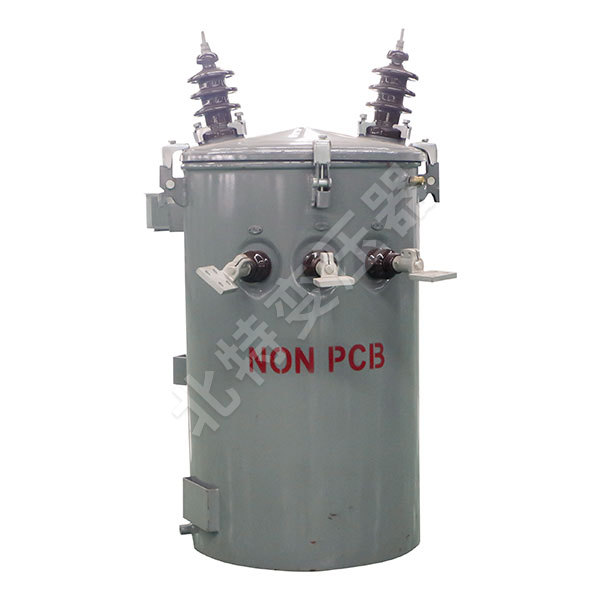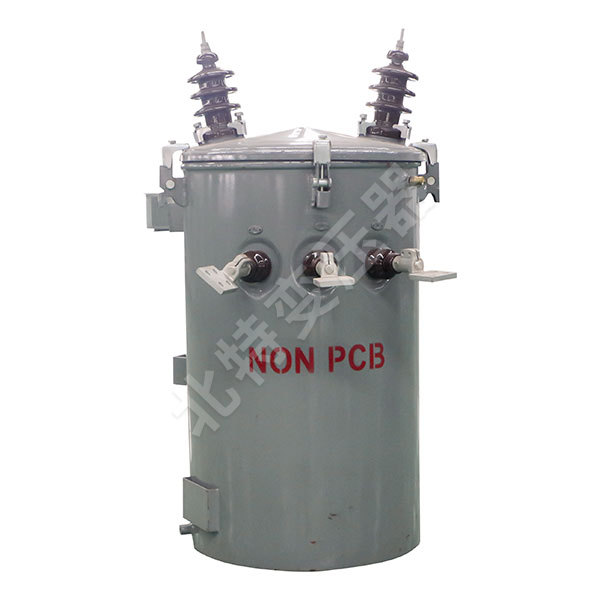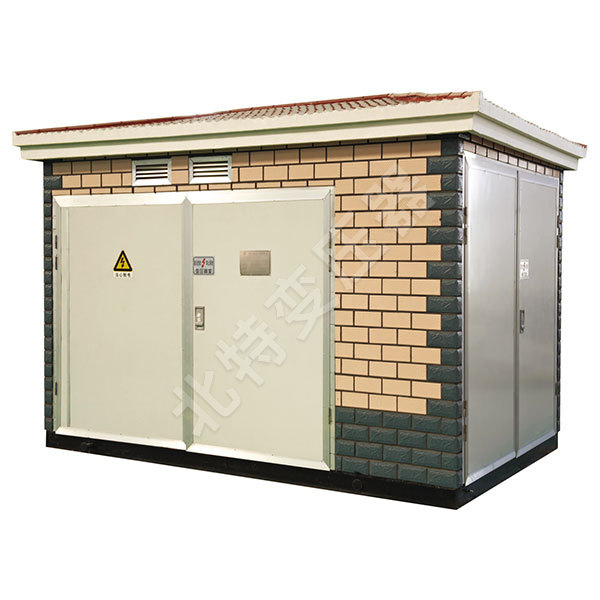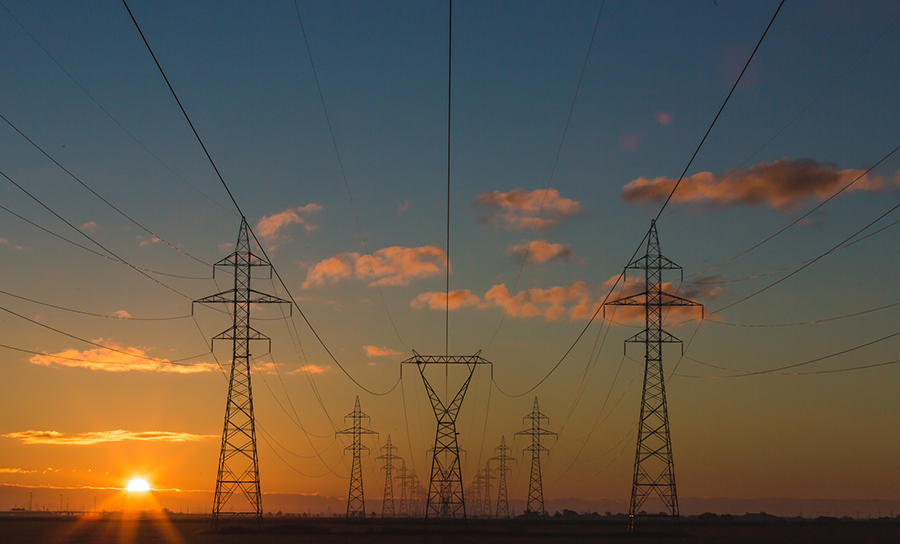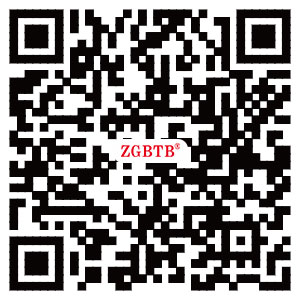Abstract: In 1987, the International Electrotechnical Commission (IEC) Sub-committee 17D drafted a technical document entitled "Supplementary 1 Requirements for Insulation Fit to IEC439", which formally introduced the problem of insulation fit into low-voltage switchgear and control equipment. As far as the actual situation in our country is concerned, in high and low voltage electrical products, the insulation cooperation of equipment is still a big problem, and because of the formal introduction of the concept of insulation cooperation in low-voltage switchgear and control equipment, it is only a matter of the past two years. Therefore, correctly handling and solving the insulation matching problem in the product is a relatively important issue.
Key words: low-voltage switchgear insulation with insulation materials
The problem of insulation coordination is an important issue related to the safety of electrical equipment products, and has always received attention from all sides. Insulation matching was first used in high-voltage electrical products. In 1987, the International Electrotechnical Commission (IEC) Sub-committee 17D drafted a technical document entitled "Requirements for Insulation Fit in Supplement 1 to IEC439", which officially introduced the problem of insulation fit into low-voltage switchgear and control equipment. As far as the actual situation in our country is concerned, in high and low voltage electrical products, the insulation cooperation of equipment is still a big problem, statistics show that China's electrical products, due to the insulation system caused by accidents accounted for 50%-60%, and because of the low-voltage complete set of switchgear and control equipment officially cited the concept of insulation cooperation, only in the past two years. Therefore, correctly handling and solving the insulation matching problem in the product is a relatively important issue.
Two. The basic principle of insulation fit
Insulation fit means to select the electrical insulation characteristics of equipment according to the conditions of use of the equipment and the surrounding environment, and only if the design of the equipment is based on the strength of the action in its expected life, the insulation fit can be achieved. The problem of insulation cooperation not only comes from the outside of the equipment but also from the equipment itself, which is a problem involving various factors and must be considered comprehensively, and its main points are divided into three parts: first, the conditions of use of the equipment; The second is the use environment of the equipment, and the third is the selection of insulation materials.
(1) Conditions of use of the equipment
The conditions of use of equipment mainly refer to the voltage, electric field, and frequency used by the equipment.
1. The relationship between insulation coordination and voltage. In considering the relationship between insulation cooperation and voltage, it is necessary to consider the voltage that may occur in the system, the voltage generated by the equipment, the required continuous voltage operation level, and the risk of personal safety and accidents.
1 Classification of voltage and overvoltage, waveform.
a) Continuous power frequency voltage, with constant R, M, S voltage
b) Temporary overvoltage, power frequency overvoltage of longer duration
c) Transient overvoltage, overvoltage of several milliseconds or less, usually highly damping oscillating or non-oscillating.
- Slow wavefront overvoltage: A transient overvoltage, usually unidirectional, peaking between 20μs< Tp<5000μs, and wave tail duration T2≤20ms.
- Fast wave front overvoltage: A transient overvoltage, usually unidirectional, with a peak time of 0.1 μs< T1<20 μs, and a wave tail duration T2≤300 μs.
- Steep wavefront overvoltage: a transient overvoltage, usually unidirectional, peaking at Tf≤0.1μs, total duration <3ms, with superimposed oscillation, oscillation frequency 30kHz<f < between 100MHz.
d) Joint (temporary, slow front, fast wave front, steep wave front) overvoltage.
Based on the overvoltage types described above, a standard voltage waveform can be described.
2 The relationship between long-term AC or DC voltage and insulation cooperation should consider the rated voltage, rated insulation voltage, and actual working voltage. In the normal and long-term operation of the system, the rated insulation voltage and actual working voltage should be mainly considered, and this point should not only meet the requirements of the standard, but also pay more attention to the actual situation of China's power grid. At present, the quality of China's power grid is not high, when designing products, the actual working voltage that may occur is more important for insulation coordination.
3 The relationship between transient overvoltage and insulation coordination, which is related to the conditions of the controlled overvoltage in the electrical system. In the system and equipment, there are many forms of overvoltage, to fully consider the influence of various overvoltage, in the low-voltage power system, overvoltage may be affected by a variety of variable factors, so the overvoltage in the system is evaluated by statistical methods, reflecting a concept of probability of occurrence, and can be determined by probability statistics to determine whether protection control is required.
2. Overvoltage category of the device
According to the conditions of use of the equipment, the required long-term continuous voltage operation level will be classified into class IV by the overvoltage category of the equipment directly supplied by the low-voltage grid power supply equipment. Overvoltage category IV equipment is equipment used at the power end of the power distribution unit, such as electricity meters and pre-current protection equipment. Equipment of overvoltage category III is a task installed in the power distribution unit, and the safety and suitability of the equipment must meet extraordinary requirements, such as switching appliances in the power distribution unit. Equipment in overvoltage category II is energy-consuming equipment that is powered by power distribution units, such as domestic and similar loads. Devices in overvoltage category I are connected to devices that limit transient overvoltages to fairly low levels, such as electronic circuits with overvoltage protection. For equipment that is not directly powered by the low-voltage grid, the maximum possible voltage of the system equipment and the severe combination of various conditions must be taken into account.
When the equipment wants to work in a higher level of overvoltage category, and the equipment itself is not enough to promise the overvoltage category, measures need to be taken to reduce the overvoltage there, the following methods can be used.
a) Overvoltage protection devices
b) Transformers with isolated windings
c) Multi-branch circuit distribution system with dispersed transfer wave through voltage energy
d) Capacitors that can absorb surge overvoltage energy
e) Damping devices that can absorb surge overvoltage energy
3. Electric field and frequency
Electric field situation is divided into uniform electric field and non-uniform electric field, in the low-voltage switchgear, it is generally considered to be in the case of non-uniform electric field, about the frequency problem, is still under consideration, generally believe that low frequency has little effect on insulation coordination, but high frequency still has an impact, especially on insulation materials.
(2) The relationship between insulation cooperation and environmental conditions
From the current practical application and standard requirements, the change of air pressure only considers the change of air pressure caused by altitude, daily air pressure changes have been ignored, temperature and humidity factors have also been ignored, but if there are more precise requirements, these factors should also be considered. From the micro environment, the macro environment determines the micro environment, but the micro environment may be better or worse than the macro environment equipment, the shell different protection levels, heating, ventilation, dust may affect the micro environment, the micro environment in the relevant standards have clear provisions, see Table 1, which provides a basis for the design of the product.
(3) Insulating cooperation and insulating materials
The problem of insulation materials is quite complex, it is different from gas, is a kind of damage once the irreparable insulation medium, even if the occasional overvoltage event may cause permanent damage, insulation materials in long-term use, will encounter a variety of situations, such as discharge accidents, etc., and the insulation material itself due to long-term accumulation of various factors, such as thermal stress, temperature, mechanical impact and other stress, and will accelerate its aging process. For insulation materials, due to the diversity of varieties, although there are many indicators to measure the characteristics of insulation materials, they are not uniform. This brings certain difficulties to the selection and use of insulating materials, which is why other characteristics of insulating materials, such as thermal stress, mechanical properties, partial discharge and other indicators, are not considered internationally. The influence of the above stresses on insulating materials has begun to be discussed in IEC publications, which can play some qualitative guidance role in practical applications, but quantitative guidance cannot be done at present. At present, low-voltage electrical products are used as indicators for quantitative guidance of insulation materials, compared with the CTI value of the tracking index, which is divided into three groups and four categories, and the tracking index PTI value of the leakage tracking index. The tracking index of leakage is a quantitative comparison of leakage traces formed by droplets containing water contamination falling onto the surface of the insulating material.
This quantitative metric has been practically applied to the design of products.
Three. Verification of insulation fit
At present, the preferred method to verify the insulation fit is to use the impact dielectric test, and different rated impulse voltage values can be selected for different equipment.
1. Verify the insulation fit of the equipment with the rated impulse voltage test
The rated impulse voltage is a waveform of 1.2/50μs.
Use this waveform to simulate transient overvoltage, atmospheric overvoltage, but also includes the overvoltage generated by the switching of low-voltage equipment, the output impedance of the impact test power pulse waveform generator should generally be greater than 500Ω, the determination of the rated impulse voltage value should be determined according to the use of the equipment, the overvoltage category and the long-term use voltage of the equipment, and should be corrected according to the corresponding altitude. At present, low-voltage switchgear is subject to certain test conditions. If the humidity and temperature are not clearly stipulated, but they should also be within the scope of application of the standard of the complete set of switchgear, if the use environment of the equipment exceeds the scope of application of the complete set of switchgear, it must be considered for correction. The modified relationship between air pressure and temperature is as follows:
K=P/101.3×293(ΔT+293)
K—Corrected parameters for air pressure and temperature
ΔT—the temperature difference K between the actual (laboratory) temperature and T=20°C
P—actual air pressure kPa
2. Dielectric test to replace impulse voltage
For low-voltage switchgear, AC or DC tests can be used instead of impulse voltage tests, but these test methods are harsher than impulse voltage tests and should be approved by the manufacturer.
AC trials, in the case of exchanges, lasted for 3 cycles.
In the DC test, each phase (positive and negative) applies voltage three times, and each time lasts for 10ms.
Four. General procedure for insulation fit.
1. Determination of typical overvoltage.
2. Cooperate with the determination of withstand voltage.
3. Determination of rated insulation level.



